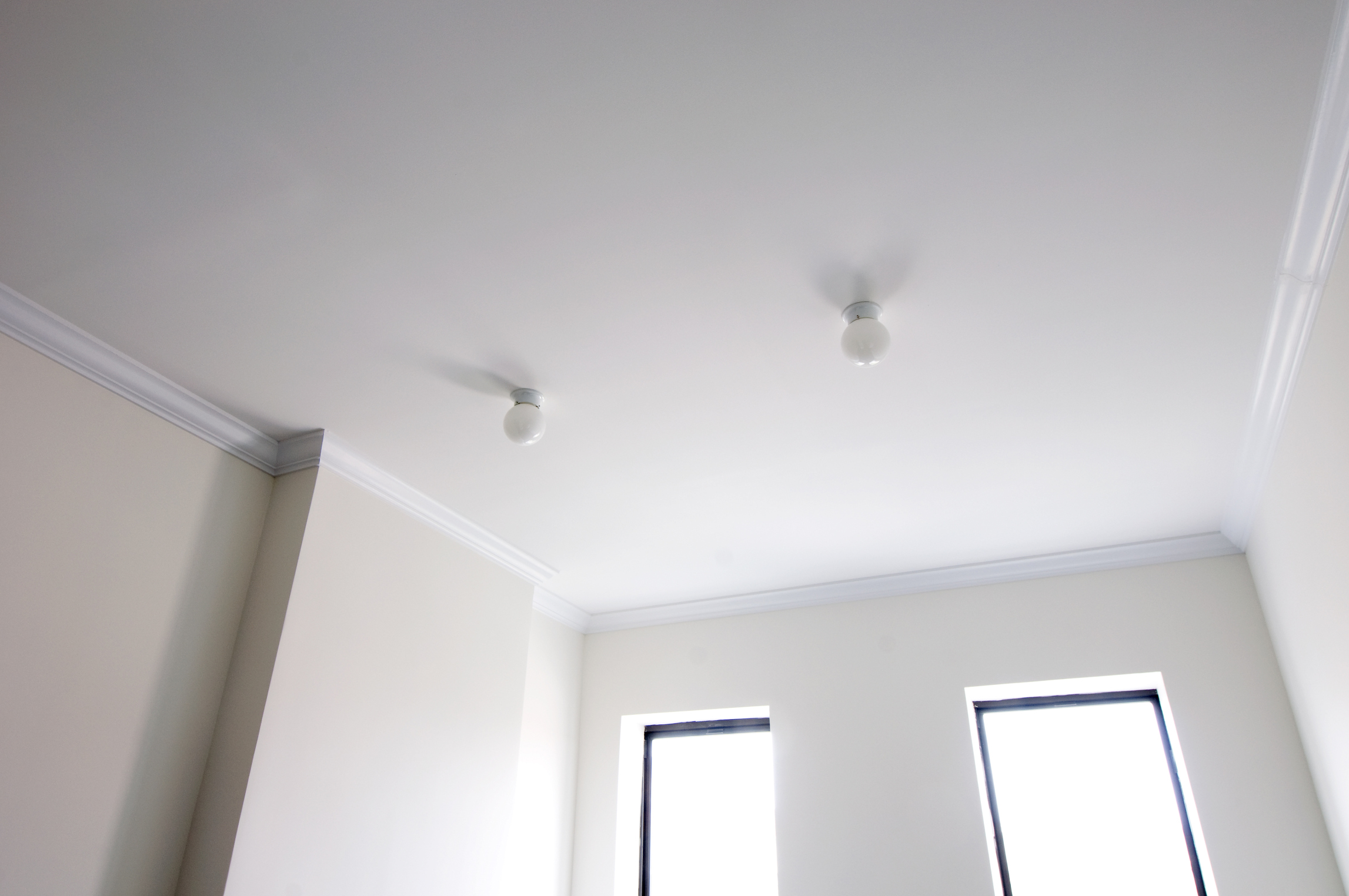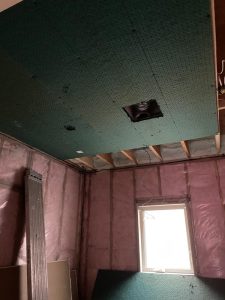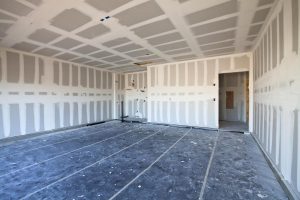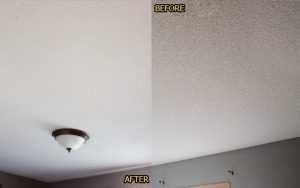The design and aesthetics of our living spaces play a pivotal role in shaping our overall sense of comfort, style, and well-being. Often, the ceiling, which constitutes one of the most significant expanses in a room, is an aspect of interior design that deserves more attention than it typically receives. Many homes, particularly those built in past decades, feature textured ceilings, colloquially known as “popcorn” or “stucco” ceilings. These textured surfaces were once in vogue, but design preferences have evolved, leaving many homeowners looking for ways to modernize and rejuvenate their spaces. Removing these textured ceilings is a transformative design choice that offers a myriad of aesthetic benefits.
In this in-depth exploration, we will delve into the diverse and compelling advantages of eliminating textured ceilings from a design perspective. The process of removing these textures, which can be labor-intensive and potentially messy, can dramatically alter the ambiance of a room. As we venture into the realm of interior design, it becomes evident that a smooth, unadorned ceiling carries significant merits that extend far beyond mere aesthetics.
Modern and Sleek Appearance:
Textured ceilings, notably those adorned with the once-trendy popcorn or stucco textures, are emblematic of past design eras. They lend an old-fashioned charm to a room, which might not always align with contemporary design aspirations. Removing these textures is akin to peeling away the layers of time, revealing a refreshed and sleek canvas. The resulting smooth ceiling imparts a modern and sophisticated ambiance to the space, aligning with current design trends and preferences.
Enhanced Lighting:
The manner in which a ceiling interacts with light can significantly influence the overall atmosphere of a room. Textured ceilings can cast shadows and disrupt the even distribution of light, rendering a space darker and less welcoming. In contrast, a smooth ceiling is an excellent light reflector, allowing light to radiate uniformly throughout the room. The improved lighting not only enhances the aesthetics but also fosters a more inviting and pleasant living environment.
Illusion of Height:
Space perception is a fundamental aspect of interior design. Textured ceilings, particularly those with heavy textures, can visually lower the ceiling height, which, in turn, makes the room feel more constricted. In contrast, a smooth ceiling creates the illusion of higher ceilings, imparting an ambiance of spaciousness and airiness. This optical trick can be especially valuable for rooms with lower ceilings, making them appear taller and more grandiose.
Easier Maintenance:
Maintaining a textured ceiling can be a challenging and often frustrating task. The nooks and crannies of the textured surface tend to trap dust, cobwebs, and other debris, making it arduous to clean effectively. Moreover, painting a textured ceiling can be time-consuming and demanding. A smooth ceiling, on the other hand, is remarkably easy to clean and maintain. Routine dusting and the occasional wipe-down are all that’s required to preserve its fresh and clean appearance. From a design perspective, a clean and well-maintained ceiling contributes to a polished and harmonious look in the room.
Versatility:
The design versatility of a smooth ceiling is a testament to its adaptability within a wide spectrum of interior design styles. It serves as a neutral canvas that can harmonize seamlessly with various aesthetics, from minimalism and contemporary design to traditional and eclectic decor. It acts as a flexible backdrop, allowing you the creative freedom to experiment with different decor elements, color palettes, and furnishings, ensuring that your vision for the room can be realized with ease.
Paint Options:
The process of removing textured ceilings not only delivers a clean and blank canvas but also unlocks a world of paint options and decorative possibilities. With a smooth ceiling, you have the freedom to choose from a vast array of paint colors, finishes, and techniques. Whether you desire a classic white ceiling, a soft pastel hue, a bold accent color, or even a statement ceiling with a unique paint treatment, the possibilities are virtually limitless. Additionally, you can consider adding decorative elements such as crown molding, coffered ceilings, or ceiling medallions to enhance the overall design of the room.
Resale Value:
When contemplating design improvements in your home, it’s prudent to consider the potential impact on resale value. A smooth ceiling is a feature that appeals to many homebuyers. Its modern and timeless appearance can enhance the marketability of your home, potentially increasing its resale value. This design choice can be relatively cost-effective and yield returns by making your property more attractive and appealing to a broader range of potential buyers.
Improved Acoustics:
In some cases, the presence of textured ceilings can negatively affect the acoustics within a room. The irregular surface of textured ceilings can absorb and scatter sound waves unevenly, potentially leading to acoustic issues such as echoes or poor sound quality. By removing the texture, you have the opportunity to address acoustic concerns by incorporating sound-absorbing materials or acoustic treatments, ultimately leading to a more comfortable and acoustically pleasant living environment.
Allergy and Health Considerations:
From a health and safety perspective, textured ceilings can pose certain risks, especially if they contain asbestos, a hazardous material that was commonly used in older construction. The removal of textured ceilings is an ideal occasion to address potential health concerns. If there are suspicions regarding the presence of asbestos in your textured ceiling, it is imperative to consult with a professional who can conduct proper testing and, if necessary, carry out safe asbestos abatement procedures. This not only ensures the safety of your family but also adds value to your property by addressing health and safety concerns.
In addition to these design benefits, it’s essential to consider some practical aspects of removing textured ceilings. The process can be labor-intensive, and there may be some costs involved. Typically, the removal process involves scraping, sanding, and refinishing the ceiling. Depending on the size of the area and the extent of the texture, it may be a time-consuming project. Hiring a professional is often recommended, especially if you’re unsure about potential hazards like asbestos.
Furthermore, the condition of the ceiling should be evaluated before deciding to remove the texture. In some cases, ceilings may have imperfections or damage that is easier to conceal with textured finishes. A professional can assess the state of your ceiling and recommend the best course of action.
In conclusion, the design benefits of removing textured ceilings are numerous and can significantly enhance the overall look and feel of your home. From creating a modern and sleek appearance to improving lighting, increasing the illusion of height, and providing design flexibility, smooth ceilings offer a wide range of design advantages. Additionally, they are easier to maintain, have broad design versatility, and can enhance your property’s resale value. However, it’s crucial to approach the removal process carefully, especially if there are health concerns, and consider consulting a professional to ensure a safe and successful transformation of your living space. The removal of textured ceilings is a design decision that can be both aesthetically rewarding and practically beneficial, ultimately making your living space more comfortable, stylish, and inviting.





